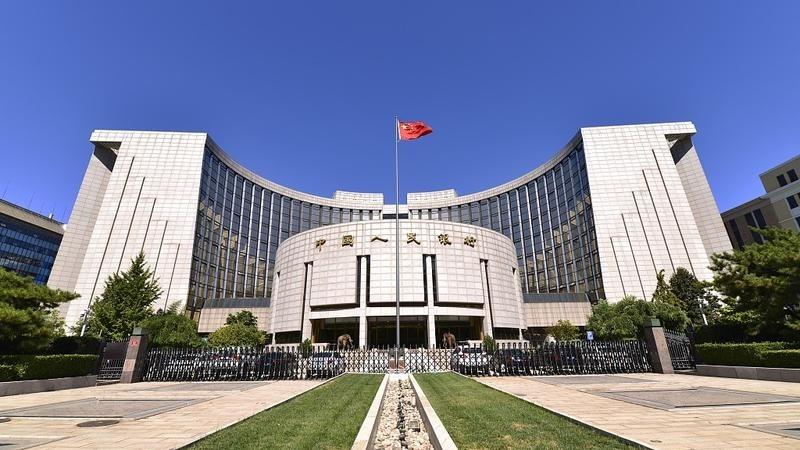 This Sept 28, 2018 photo shows the headquarters of the People's Bank of China (PBOC), China's central bank, in Beijing. (PHOTO / VCG)
This Sept 28, 2018 photo shows the headquarters of the People's Bank of China (PBOC), China's central bank, in Beijing. (PHOTO / VCG)
BEIJING - With steady efforts to push structural reforms and expand opening-up, China's financial system has gradually evolved and matured over the past decade, offering solid support to the stability and development of the broader economy.
The following are some facts and figures on how the country reformed its financial system to spur the real economy, kept risks within control and better aligned with the international market.
Powering the real economy
While sticking to its prudent monetary policy, China has constantly innovated and enriched its toolbox with the aim of enabling a virtuous circle of the real economy and the financial system.
As of the end of 2021, the M2 -- a broad measure of money supply that covers cash in circulation and all deposits -- came in at 238.29 trillion yuan (about $35.5 trillion), with the annual growth rate from 2012 to 2021 reaching 10.8 percent
During a briefing on Thursday, Chen Yulu, vice governor of the People's Bank of China, said that China's financial market saw improvements in its ability to serve the real economy over the past decade.
ALSO READ: PBOC to boost steady, healthy development of financial market
As of the end of 2021, the M2 -- a broad measure of money supply that covers cash in circulation and all deposits -- came in at 238.29 trillion yuan (about $35.5 trillion), with the annual growth rate from 2012 to 2021 reaching 10.8 percent.
Besides ensuring that market liquidity remains ample, the government has tilted policy incentives to ease financing difficulties for the private economy and small businesses, and has put in place a diversified capital market to cater to the needs of various entities.
As of the end of the first quarter of this year, the outstanding inclusive loans topped 20 trillion yuan, supporting over 50 million small and micro firms and individual businesses.
Forestalling risks
Forestalling financial risks has been high on the government's work agenda over the past decade, and the country has managed to strike a delicate balance between advancing financial development and reining in the related risks.
"Important results were achieved in preventing and resolving major financial risks, with the blind expansion of financial assets fundamentally reversed," said Xiao Yuanqi, vice chairman of the China Banking and Insurance Regulatory Commission.
ALSO READ: PBOC's Yi: China to continue prudent monetary policy
High-risk shadow banking has been reduced by about 25 trillion yuan compared with the historical peak, while a total of 16 trillion yuan of non-performing assets have been disposed of in the past decade, according to Xiao.
Continuous efforts have also been made to build a solid financial security defense line of anti-money laundering and anti-fraud, while comprehensively strengthening financial consumer protection.
Expanding opening-up
At a time when the rising tide of protectionism threatens to jeopardize global economic recovery, China has moved steadily to deliver its promise of wider opening-up in the financial system.
From expanding the connectivity between domestic and international capital markets to facilitating overseas institutional investors to take part in China's exchange bond market, the opening-up moves over the past decade have attracted more foreign investors to the Chinese market.
Foreign entities' holdings of domestic RMB financial assets have increased by 2.4 times compared with 10 years ago, while the share of Chinese yuan in the International Monetary Fund's (IMF) Special Drawing Rights (SDR) basket has risen from 10.92 percent to 12.28 percent.
Li Chao, vice chairman of the China Securities Regulatory Commission, said China will strive to build a regulated, transparent, open, dynamic and resilient capital market.
READ MORE: Five key areas that the central bank will focus on to further push reforms


